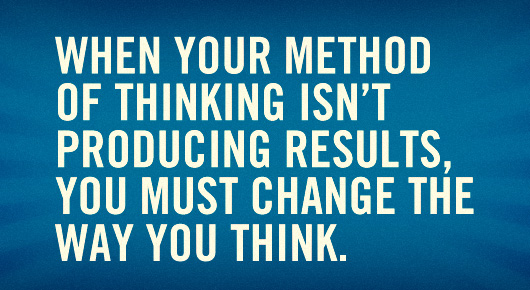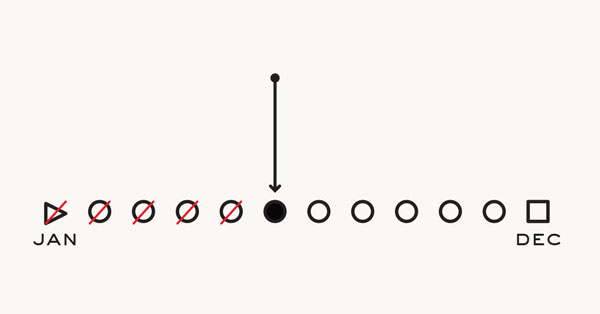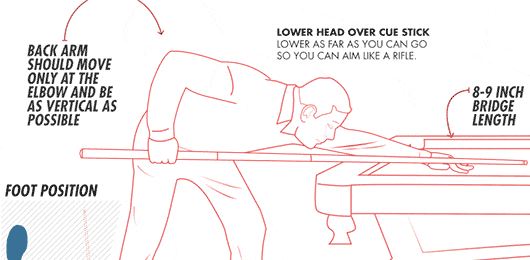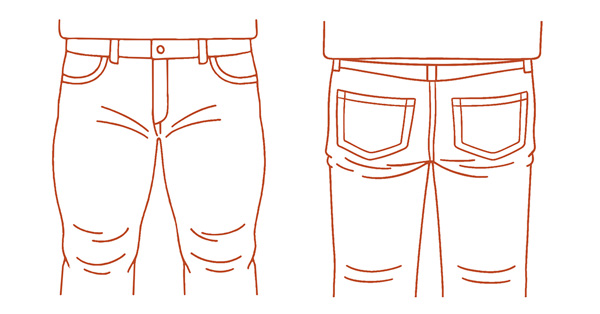We all have that iconic movie stereotype of a writer's block impressed somewhere in our memories – a lone writer behind a desk, an old typewriter, a bin overflowing with balled-up half-written sheets of paper and an ashtray full of snuffed out cigarette butts. When it comes to momentary crisis from lack of inspiration, writing or art in general have been widely used & portrayed in popular media as a sort of archetype. Yet the fuzzier truth is that moments where we lack musings or inspiration permeates to almost all areas of our lives be that daily problem-solving, planning and organization, business, relationships and pretty much anything else.
Creativity is deeply interrelated to mental health and performance. Yet creativity, being a bit of an overarching concept, is also closely linked to other concepts as well such as idea stimulation and incubation or shifting context and perspective to look at a problem from a fresh new angle. The latter is also akin to another notion called ‘lateral thinking', championed by Edward De Bono and his lifelong career in the subject.
I personally believe there is nothing like creative or uncreative people but rather people who, intentionally or otherwise, use certain habits or a combination of actions to enable a creative process to kick in. Despite people having different personality types, and hence different behaviours and different ways they use and assimilate information, everyone has the basic internal resource and capacity to start a creative process. Yes, even that pedantic mono-dimensional guy you know who works in the accounts department! We all do, trust me.
In my years of writing, ideating projects, putting up business or marketing plans and basically anything that requires some form of creativity, I realized that there are certain ‘kickstarters' that help initiate a creative process. These kickstarters are triggers which fire up a series of ‘a-ha' and ‘I got it' moments in your head. I also realized that there are two different main approaches to finding inspiration. The first involves interactivity and the other involves intra-activity or activities that are more inward oriented and introspective. There is a dual, Ying & Yang sort of aspect to creativity, if you like.
Musings from Interactive triggers
There is an abundance of external resources to get inspired and motivated from. The thing is that we internally reflect and represent what happens around us and vice versa. So if we try to be surrounded, or at least momentarily impressed, by things that are inspiring or have an aura of greatness, we will inevitably be inspired and positively influenced. Here are some things to look for inspiration from.
The Web of ideas: Yes, the internet is an obvious starting point for searching for great ideas to get inspired from. No surprise there. Inspiring talks, video stories and short documentaries are popular hotspots for inspiration. My personal favorites are TED and Talks@Google. This is where outstanding people share great ideas that have changed or have the potential to change the world in short awe-inspiring talks. If you aren't a TED fan already you should spend the next weekend to catch up with hundreds of inspiring talks over the last few years. Not to be missed, seriously.
Another good source for inspiring ideas is Kickstarter.com – where people with brilliant ideas propose their smart or whacky concepts to the public in order to raise funding and investment.
Unconventional people with unconventional stories: People will get inspired by different people and stories. Some will be inspired by someone who despite hardships and adversity succeeded in achieving his or her goals, some others will be inspired by people who have come up with a creative solution to a common problem and so on. The thing which binds all these sources of inspiration together is that they are about unconventional people with unconventional stories. I will tell you my number one straight upfront – it's the blog of Tim Ferriss, author of the bestselling books, The Four Hour series. Second but not least comes Leo Babauta's blog ‘Zen Habits‘.
Shifting Focus: A great enabler of creativity and inspiration is when we shift our focus away from our internal processes and subject matter by talking or chatting away with others who are tackling the same problem or goal from a different but parallel approach. This helps us get out of a momentary impasse in our creative process or problem-solving and be inspired to look at the situation fresh from new angles.
Musings from Intra-active Triggers
Lack of inspiration sometimes comes from what I believe to be a hypnotic effect of mundane routine life on ourselves. We are constantly and hastily following a rushing flow of things – schedules, routines, deadlines, projects and others. This has the effect of keeping our mind reeling in one direction because it doesn't have the space or the time to break free from that constant stream of things happening around it. So it starts making sense when you realize that internal musings are when certain patterns are broken by another pattern.
Here are the other patterns I am talking about:
Inspired by nature's path: This is one of the most common sources of inspiration throughout history from artists, writers and composers to game designers. Walking through nature, observing its details and following its workings is a way a lot of people keep finding sources of inspiration time after time. But why, you ask, is being inspired by nature an intra-active trigger rather than an interactive or external one? The reason is that observing nature's patterns – whether by walking through the woods, gazing at the stars or moving clouds or observing the lives of other creatures – starts an internalization process where those patterns are absorbed and internalized in our minds.
This is what I believe to be a powerful creative kickstarter and pattern breaker. It's like it injects some seed pattern on a subconscious level which incubates in our minds and resurfaces in our conscious stream of thoughts as new ideas. No wonder so many famous artists have been inspired by nature for so long.
Play, relax and have fun: This may be another no brainer for many. We all know that there must be some form of play somewhere in order for good work to be done. Playing, relaxing and having fun is in many ways another pattern-breaker. It helps us shift conscious attention on more fun and entertaining things while our sub-conscious mind has time to sort out and organize the problem in the background.
Doodling and word association: I doodle and scribble all the time. More interestingly I often do word association when I get stuck on something. This means taking a pen and paper and very quickly scribbling down the words that come to mind without hesitating or rationalizing the word. You should try this if you haven't. Words start flowing out, kind of being spit out by your subconscious. The pattern of words may seem random (and sometimes it is) but there will always be some connection between those words even if you are not conscious of it. The process itself is another pattern-breaker and creative trigger, however I have often found a solution to the problem by means of the words themselves! That means, a word or two which I had thought to be random can sometimes set me off thinking on another path.
Self-talk and auto-suggestions: I often write about positive self-talk and its effects on our sub-conscious mind. It's not because I'm some kind of authority on the subject but rather because I have often experienced its effects first hand. Just to give you an example: Recently a friend of mine and I were brainstorming a core theme for designing a game. We had been on it for an hour a day for a whole week with no success. One night before sleeping I consciously made a bold mental note to myself to work on it subconsciously (a kind of auto-suggestion if you will). The next morning I had a brilliant flash of inspiration and ideas kept on rushing in ceaselessly for the next two days.
Concluding remarks
Knowing where to find inspiration in stagnant moments, when inspiration would be evidently lacking, is a very important tool for personal growth and empowerment. Creativity is, metaphorically speaking, a process which restores mental flow and balance between external situations and problems and internal solutions to those problems expressed in art, science and all other human endeavours.
There are triggers that spark off the creative process which we ought to keep note of and take into account. These triggers can be external sources such as writing and talks from people who have achieved great success in the face of adversity or who find very unconventional solutions to ordinary problems. Apart from motivating us, such stories or talks can resonate within us a different but parallel process of idea generation.
On a higher-level, these triggers have been identified to work as pattern-breakers to our normal flow of thinking and which force us to shift our focus from one plane of attention to another thus enabling us to see things ‘laterally’ and find solutions which we could not see before. Also, these triggers start an internalization process where subconscious patterns of thought are transformed and surface to our conscious mode of thinking as fresh new ideas.

















